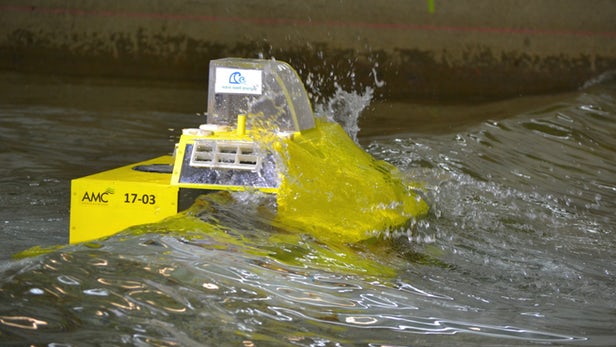
Breaking News
 Outraged Farmers Blame Ag Monopolies as Catastrophic Collapse Looms
Outraged Farmers Blame Ag Monopolies as Catastrophic Collapse Looms
 Exposing the Cover-Up That Could Collapse Big Medicine: Parasites
Exposing the Cover-Up That Could Collapse Big Medicine: Parasites
 Israel's Former Space Security Chief says Aliens exist, and President Trump knows about it
Israel's Former Space Security Chief says Aliens exist, and President Trump knows about it
 Putin's advisor Kobyakov: The U.S. has devised a crypto scheme to erase its massive debt...
Putin's advisor Kobyakov: The U.S. has devised a crypto scheme to erase its massive debt...
Top Tech News
 Methylene chloride (CH2Cl?) and acetone (C?H?O) create a powerful paint remover...
Methylene chloride (CH2Cl?) and acetone (C?H?O) create a powerful paint remover...
 Engineer Builds His Own X-Ray After Hospital Charges Him $69K
Engineer Builds His Own X-Ray After Hospital Charges Him $69K
 Researchers create 2D nanomaterials with up to nine metals for extreme conditions
Researchers create 2D nanomaterials with up to nine metals for extreme conditions
 The Evolution of Electric Motors: From Bulky to Lightweight, Efficient Powerhouses
The Evolution of Electric Motors: From Bulky to Lightweight, Efficient Powerhouses
 3D-Printing 'Glue Gun' Can Repair Bone Fractures During Surgery Filling-in the Gaps Around..
3D-Printing 'Glue Gun' Can Repair Bone Fractures During Surgery Filling-in the Gaps Around..
 Kevlar-like EV battery material dissolves after use to recycle itself
Kevlar-like EV battery material dissolves after use to recycle itself
 Laser connects plane and satellite in breakthrough air-to-space link
Laser connects plane and satellite in breakthrough air-to-space link
 Lucid Motors' World-Leading Electric Powertrain Breakdown with Emad Dlala and Eric Bach
Lucid Motors' World-Leading Electric Powertrain Breakdown with Emad Dlala and Eric Bach
 Murder, UFOs & Antigravity Tech -- What's Really Happening at Huntsville, Alabama's Space Po
Murder, UFOs & Antigravity Tech -- What's Really Happening at Huntsville, Alabama's Space Po
"Artificial blowhole" generates electricity from ocean waves

Ocean waves could be one such thread, and Australian company Wave Swell Energy is developing a new device to harvest that energy. New Atlas spoke to Dr. Tom Denniss, the CEO of the company, to find out about the technology.
With the Paris Agreement coming into force last November, almost 200 countries around the world pledged to fight to keep global temperatures from rising more than 2° C (3.6° F) above pre-industrial levels by the end of the 21st century. It's an ambitious and crucial goal, and exploring and exploiting renewable energy sources will play a key role in achieving it.
2016 was a boom year for solar power, and renewables as a whole overtook coal to become the world's largest source of installed power capacity. But nature isn't easily tamed: wind farms and solar arrays are at the mercy of the elements, so the more diverse our renewable energy mix, the more reliable the power grids of the future will be.
The endless motion of the ocean is a great resource, and we've seen some creative methods to try to tap into that energy. Point absorber systems use a buoy to drive an underwater hydraulic system, while Gibraltar's wave energy station is mounted onto a jetty, where it converts the rise and fall of waves into fluid pressure.

 Tiny briefcase engine boosts EV range beyond battery power
Tiny briefcase engine boosts EV range beyond battery power 

